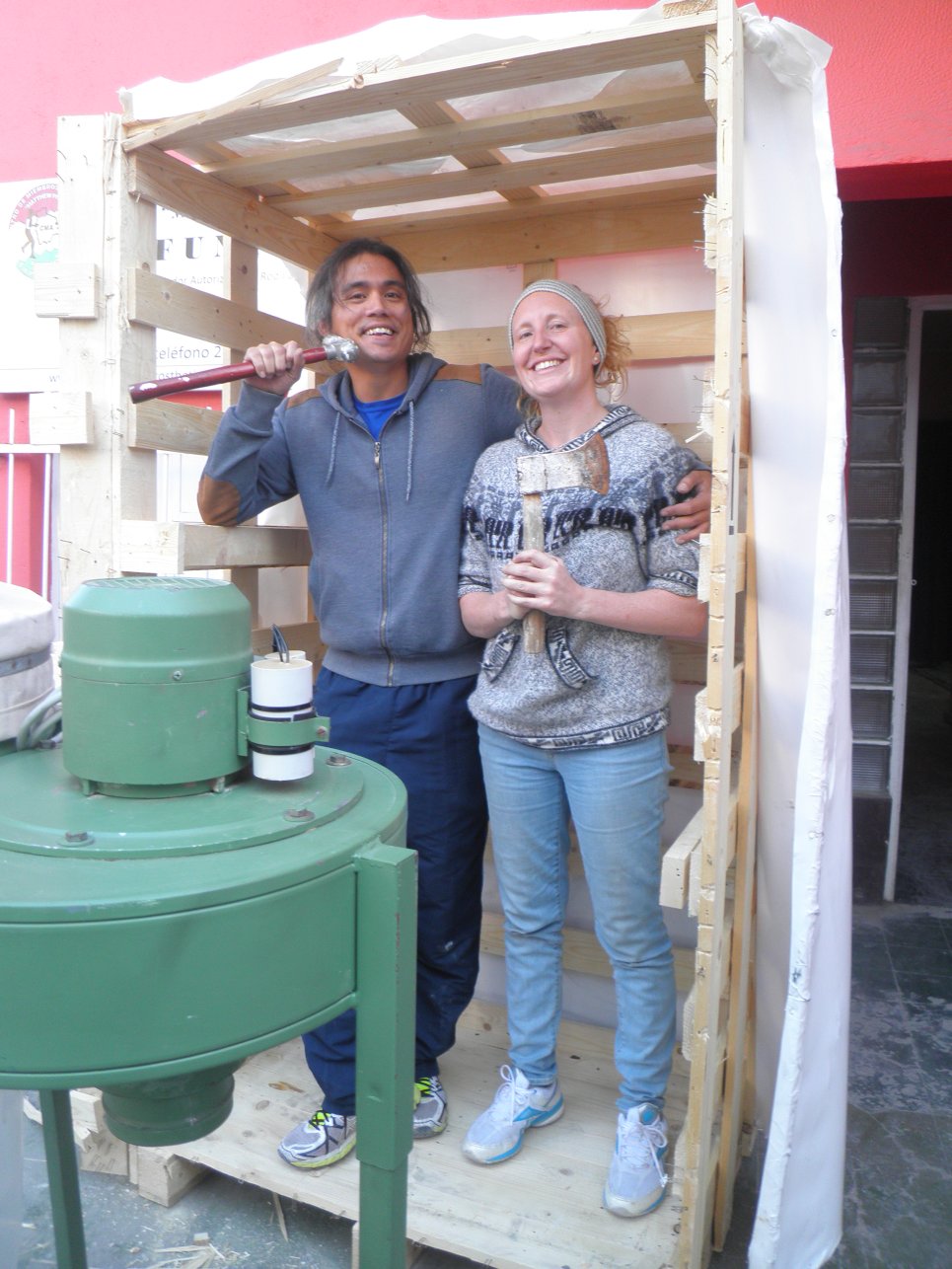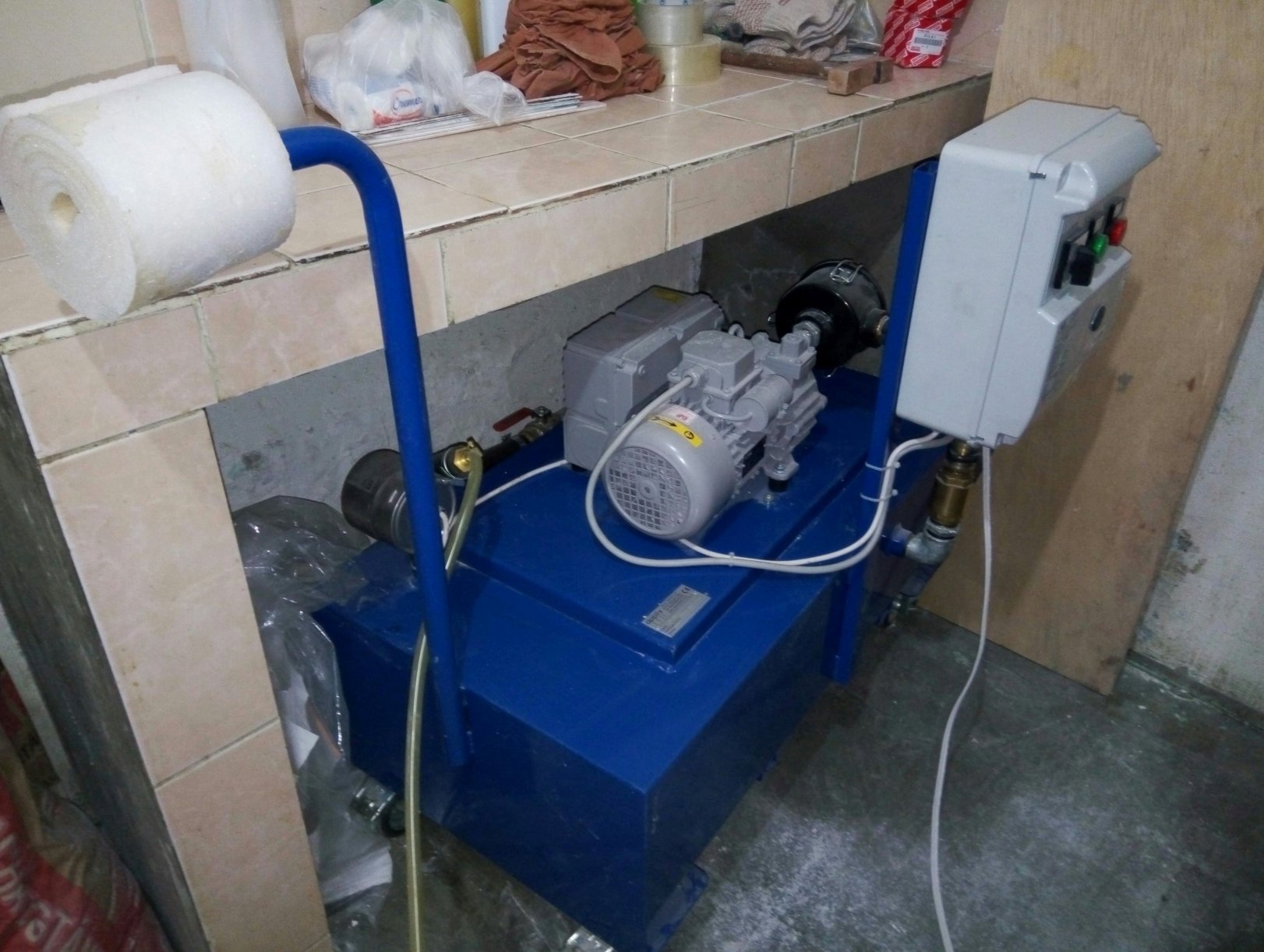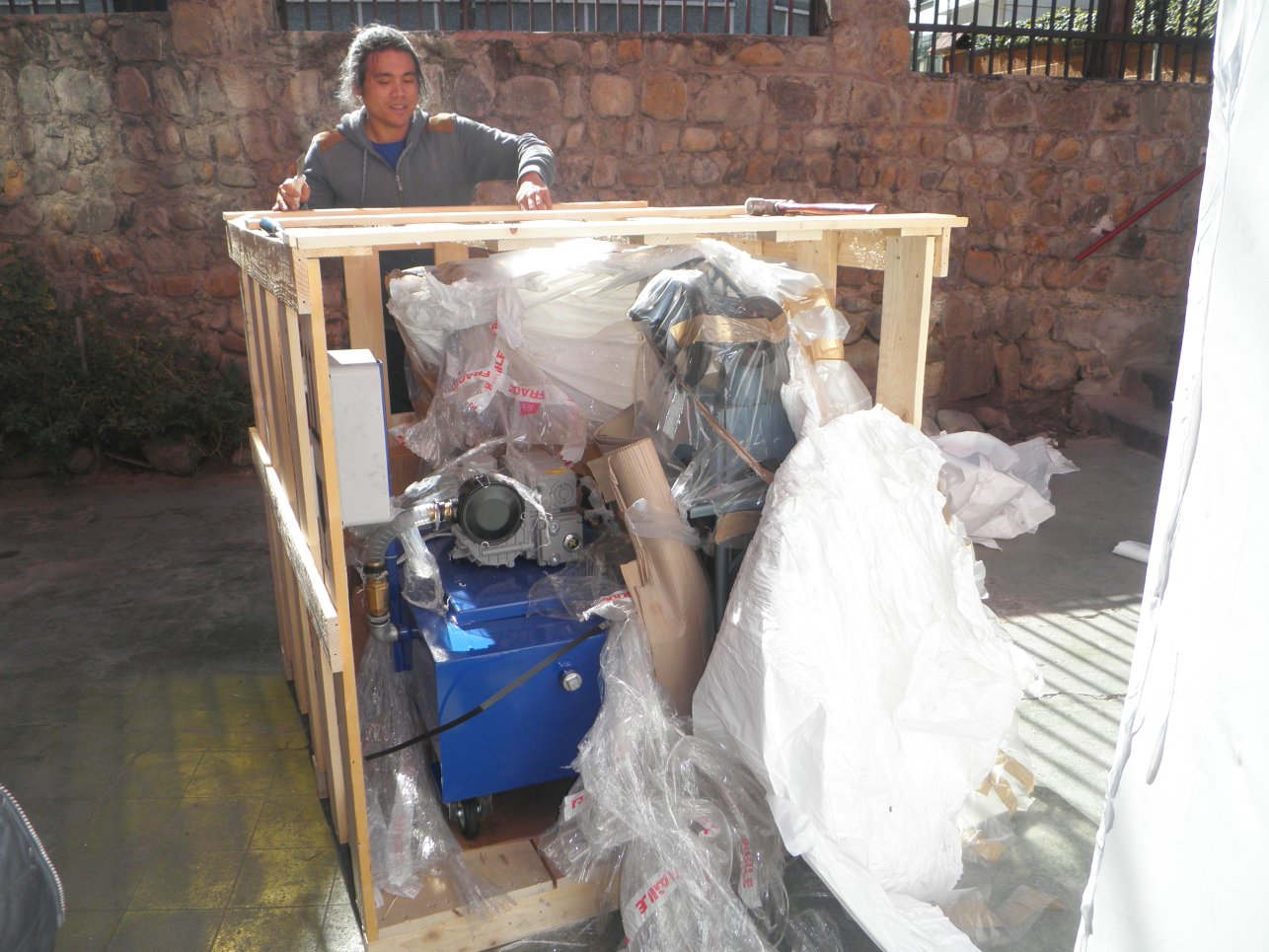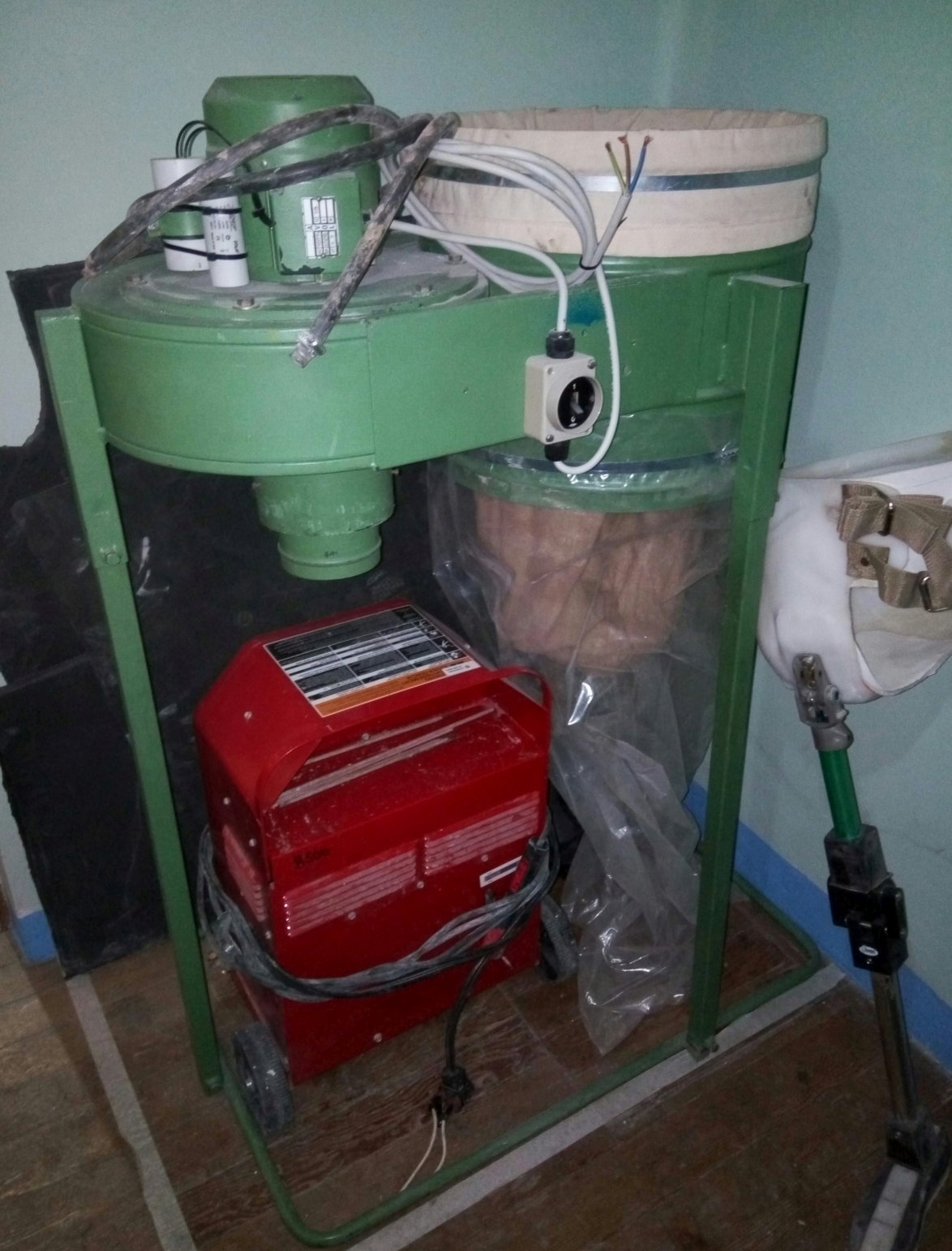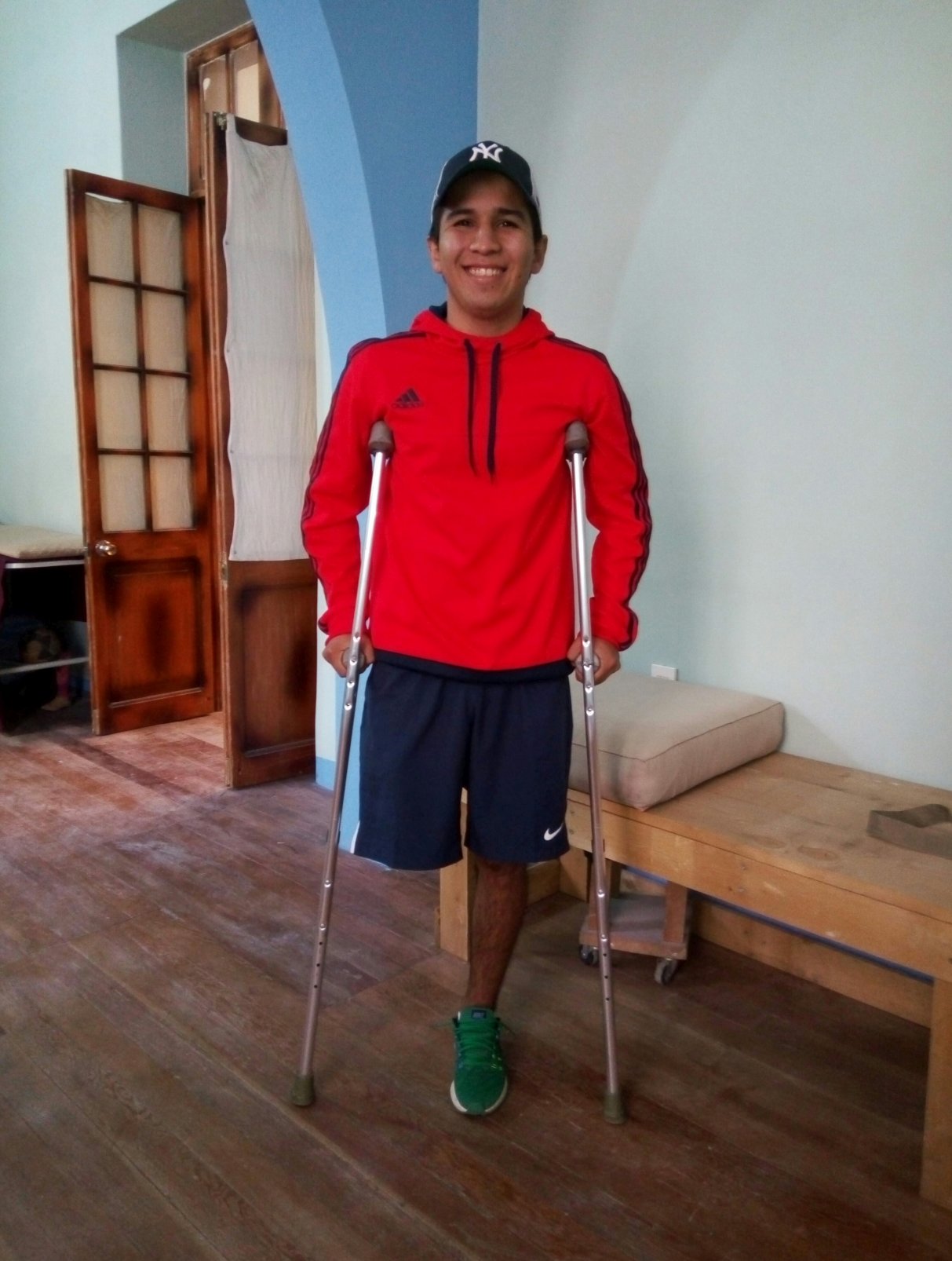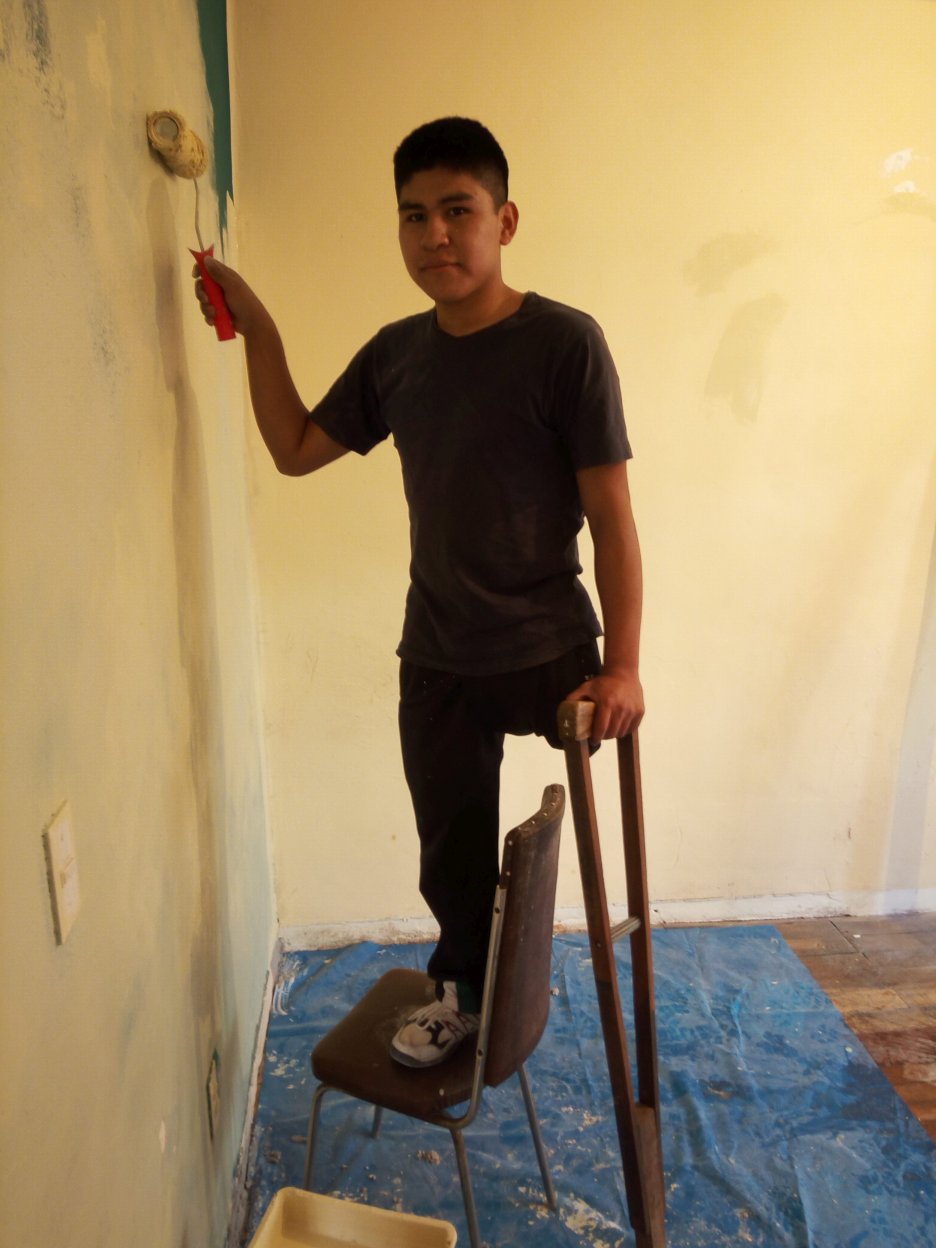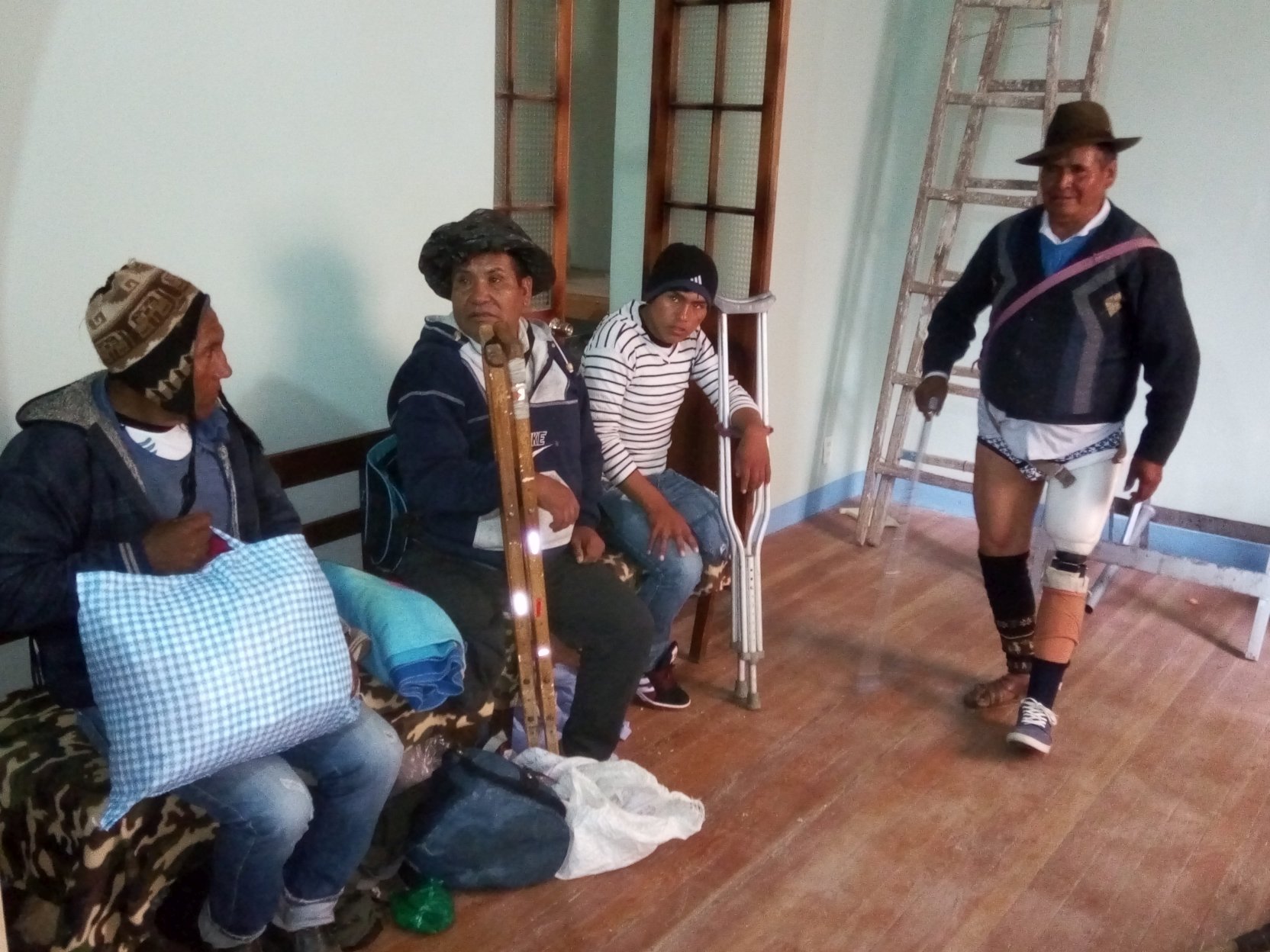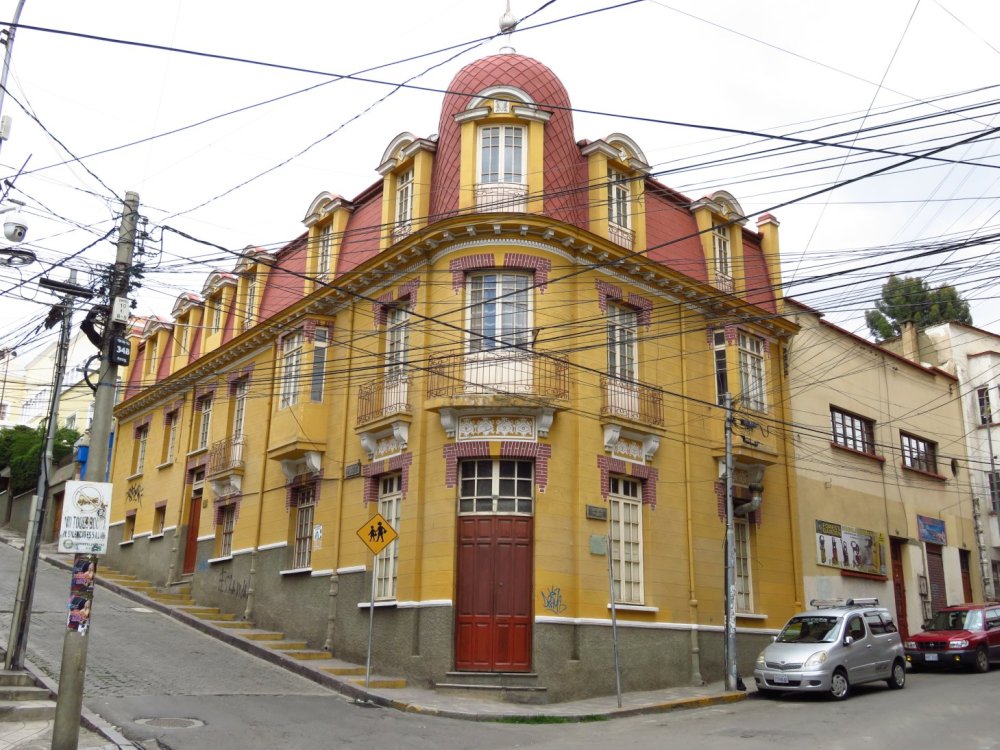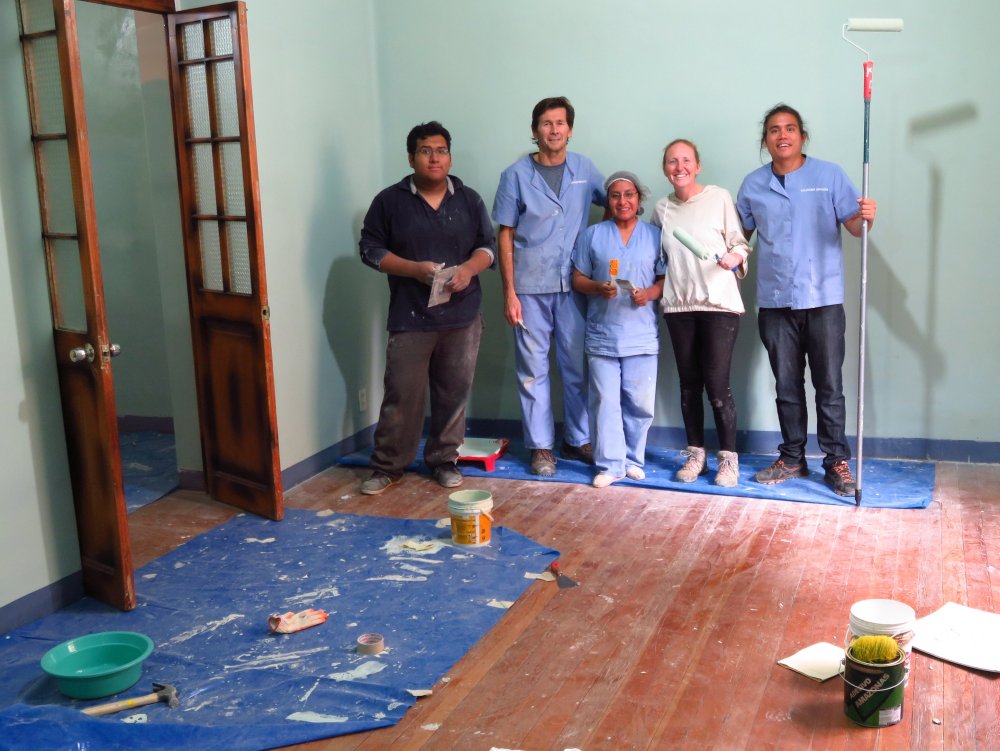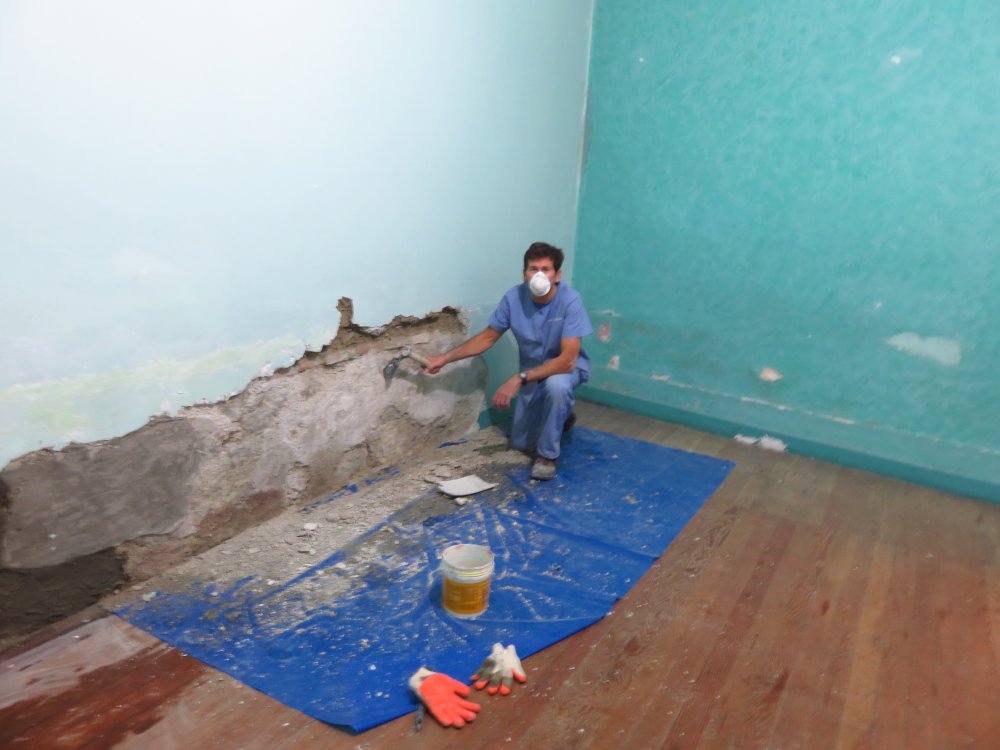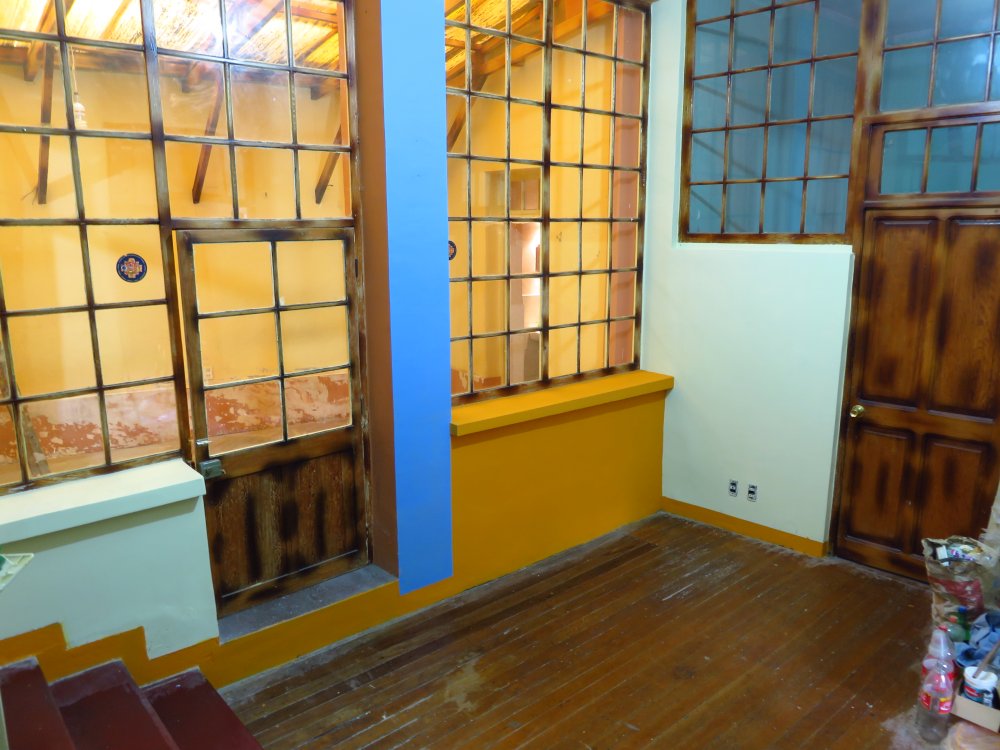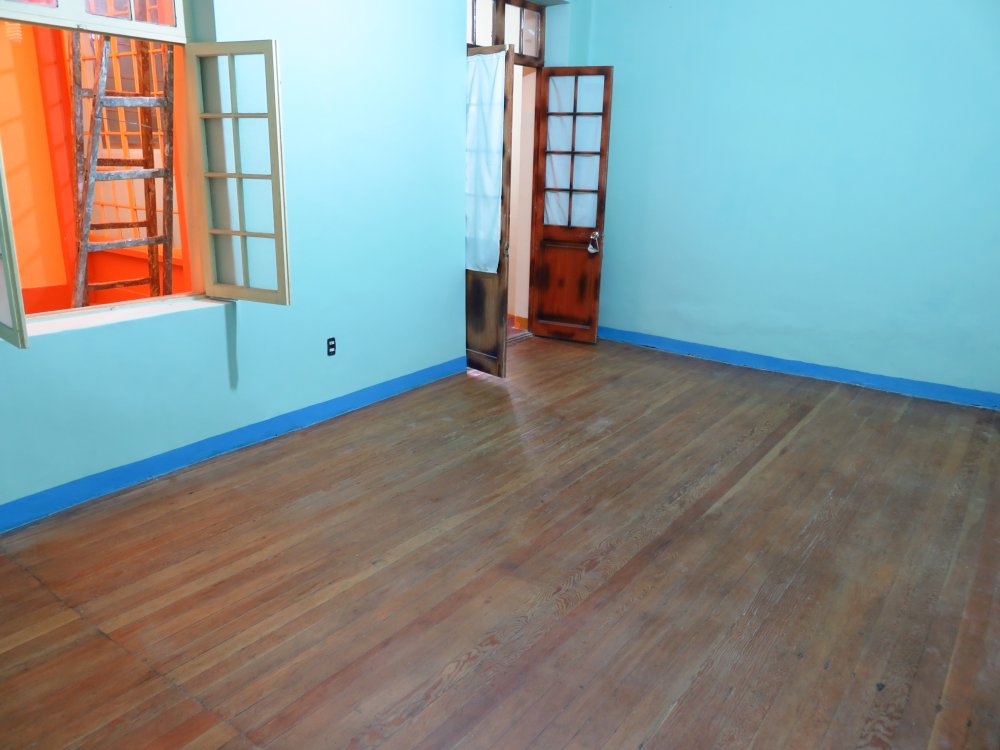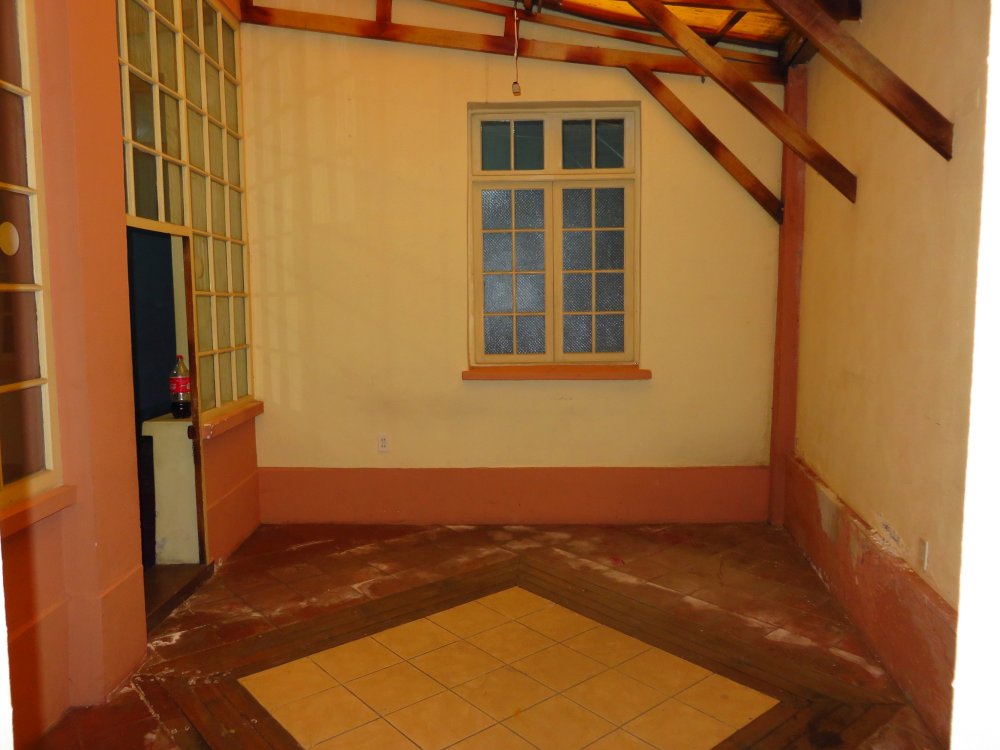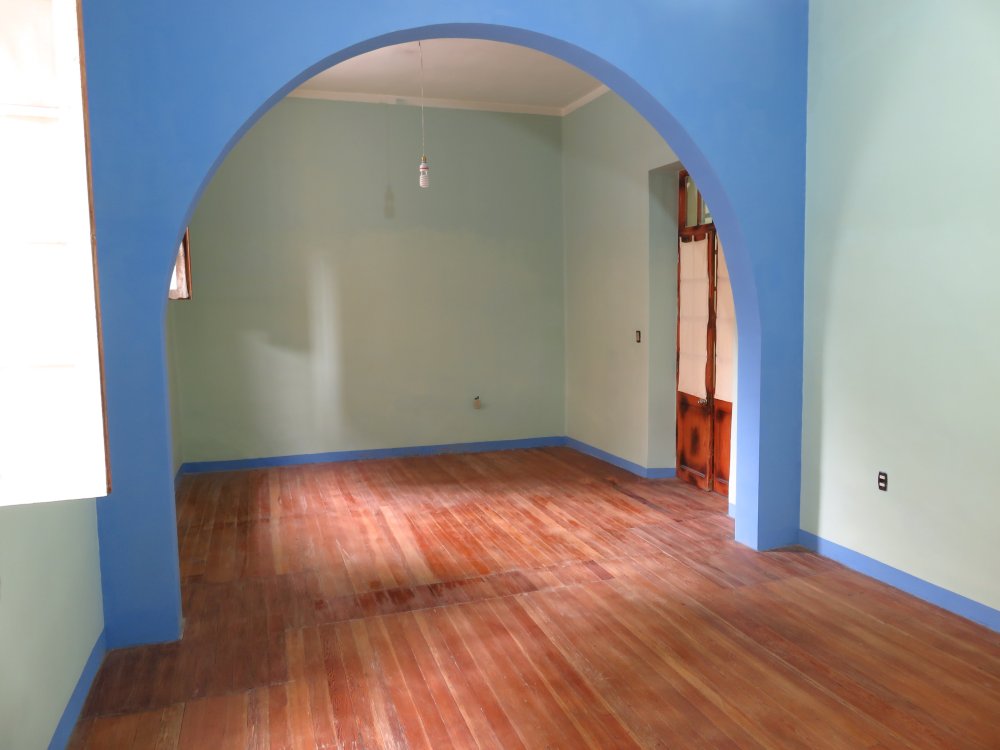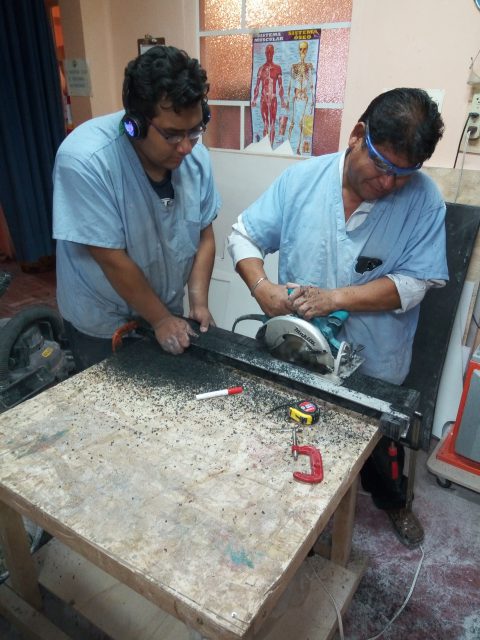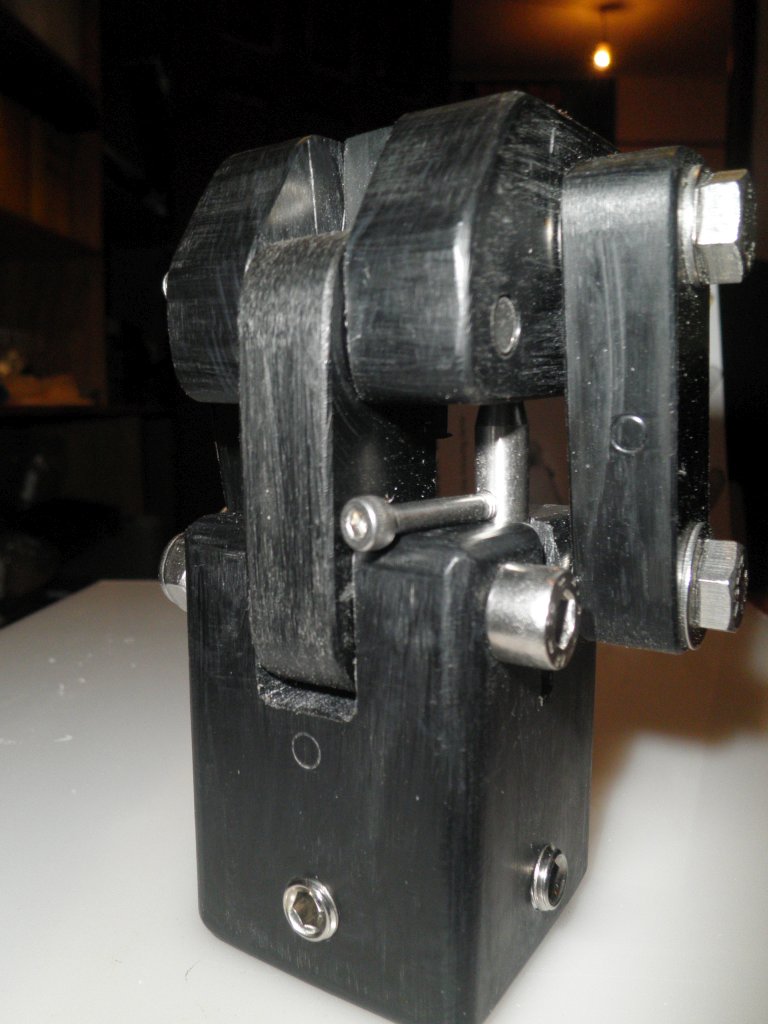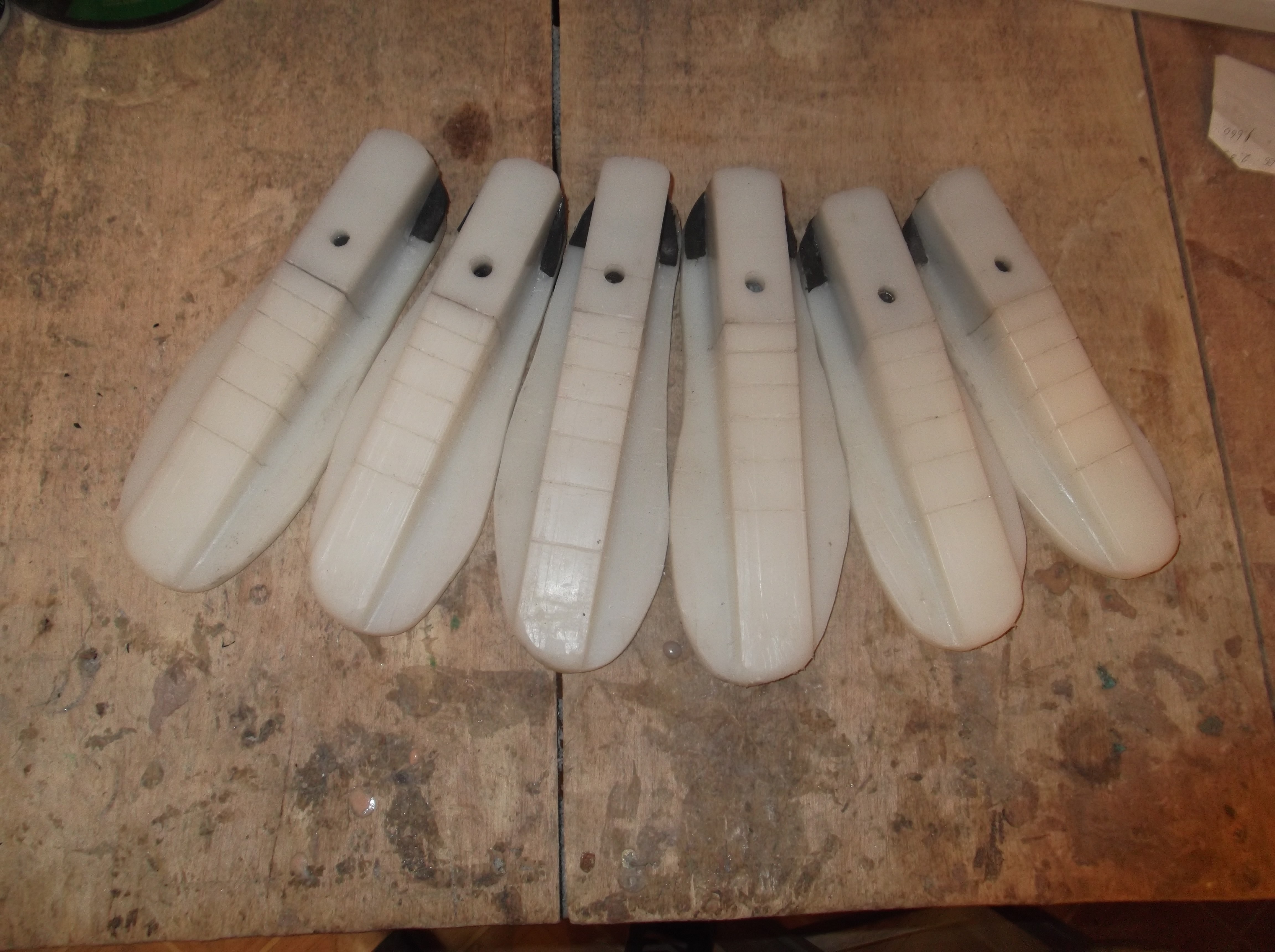Bismark’s First Semester
Category:posts Here is an update regarding Bismark, the apprentice prosthetist who works under the tutelage of Florencio. We told you about Bismark a few months ago, and about how he was studying remotely at Don Bosco University in Guatemala with the intent to become one of the very few ISPO II certified prosthetists in Bolivia. Bismark is only 20, but he really took charge while Florencio was in the hospital. Someday Bismark will probably become the lead technician for our prosthetic clinic partner in Bolivia. In early August Bismark flew to Lima Peru to take his first term exams and here is what Bismark had to say:
Here is an update regarding Bismark, the apprentice prosthetist who works under the tutelage of Florencio. We told you about Bismark a few months ago, and about how he was studying remotely at Don Bosco University in Guatemala with the intent to become one of the very few ISPO II certified prosthetists in Bolivia. Bismark is only 20, but he really took charge while Florencio was in the hospital. Someday Bismark will probably become the lead technician for our prosthetic clinic partner in Bolivia. In early August Bismark flew to Lima Peru to take his first term exams and here is what Bismark had to say:
“I traveled to Lima, Peru on the 13th of August 2017 to complete my exam from my first semester of the course. The exam was held in ‘La Moderna’ one of the biggest orthopedic centers in Lima, Peru and the exam consisted of a written exam, oral, and practical components.
On Monday morning I met the group of people I’d be taking the exam with and my examiner for the module. The examiner was a professor called Gilberto Abarca German from the University course in El Salvador. My new colleagues for the week were Juan Carlos, Fernando, Julio Funtes, Victor, Hector and Felix. All together they have more than twenty years of experience in this area compared to my 2 years but they were all friendly and kind. I was very nervous for my exam week partly because the workshop was really different. The manner that we worked was more modern and ordered, but I had help from some of my work companions to settle in and find my feet.”
Bismark’s exam included making a prosthesis for a below knee patient and one for an above knee patient. During this process, he was asked by the examiner to explain his work, talk through what he was planning to do before he did it, demonstrate what he’d learned from his first semester and his background knowledge and skills in the area of prosthetic manufacture.
“On Monday in the afternoon, I met my two patients, Sr Fransisco with a trans-tibial (below knee) amputation and Sra Trinidad with a trans-femoral (above knee) amputation. I proceeded to the take the molds from the two patients that afternoon and started my practical component of the exam. I was a bit stressed with the pressure of studying and work, and I had to adapt to the new center environment, but with the help of my new work companions I began to feel calmer.”
The two patients which Bismark was working with were both older adults, both had lost their limbs due to circulation issues and they both had type 2 diabetes. Bismark had a good founding knowledge of older patients and diabetic amputations from his work in Funprobo and what he’s learned so far from working with Florencio and the volunteers in La Paz. He has added his previous experience to his new knowledge from the course to be able to demonstrate how far he has come in the last 2 years.
Bismark went on to explain about the two patients he worked with during his week:-
“Sr Fransisco was using an old prosthesis which helped a lot in making a new one, as he already had the confidence and expectations around having a prosthetic leg. To make that prosthesis we put a KBM prosthesis with a soft lining and the patient walked from the first day he tried it.”
A KBM (Kondylen-Bettung Münster) is a different way to fit a prosthesis which is currently not used in Funprobo. It consists of a mold with soft padding on the inside and a sock system for added comfort for the stump. This is a new technique that Bismark has learned and is able to bring back to Bolivia for further consideration for Bolivian amputees.
“Sra Trinidad had huge problems with confidence. It was very difficult to practice with her with the prosthesis because she felt pain in her seat bone where she was weight-bearing but the above knee prosthesis style requires that she fully weight bear through that point. I had to make many modifications to her prosthesis for her to feel comfortable. In her case we used a suction valve and a belt for more security, we put and Ottobock knee 3R40 and a specific style of foot made to assist with blocking the knee to give her more confidence in the prosthesis. After three days of practicing Sra Trinidad could walk with help in the parallel bars and had more confidence and felt happier. I learned a lot from this experience and was very pleased with how I handled the situation and was able to make her a prosthesis she was happy with.”
 Bismark was able to manage this lady so well from the great foundations he has from Funprobo and working with Florencio, as the suction and belt system is used a lot in above knee amputees in Funprobo. This prior experience meant Bismark had the knowledge, skills, and confidence to manage this patient perfectly for his exam.
Bismark was able to manage this lady so well from the great foundations he has from Funprobo and working with Florencio, as the suction and belt system is used a lot in above knee amputees in Funprobo. This prior experience meant Bismark had the knowledge, skills, and confidence to manage this patient perfectly for his exam.
“On Friday we delivered the two prostheses to my two patients along with my examiner. Sr Fransisco and Sra Trinidad were very happy with my work and thanked me for their prostheses and chance to walk again.”
One of the main themes through Bismark’s synopsis of the week was how well the students all worked together and supported each other. Bismark is a very modest young man so is likely to have played down how much support he was also able to give his classmates from his experience and studies prior to doing the exam.
“Really it went very well, I worked with companions with lots of experience, they helped me and guided me and I learned a lot from them, they have helped me improve a lot on my work at Funprobo. We supported each other throughout the week and ensured we got a break each lunchtime by going out and eating lunch together. They told me about their previous experiences, how they treat patients and how clinicians should treat patients. The experience and the knowledge of the other prosthetic students made me feel very positive about my future and the way that I wish to continue learning and growing in my role. When we finished the exam we all went out to eat together and shared our last dinner as friends more than colleagues.”
As well as the experience and learning Bismark gained from the week of study and exams it was also the first time he had left Bolivia. He reflects on this as well:
“I tried lots of different foods, saw some of the city and learned about a new culture in Lima, I returned to Bolivia very thankful for the beautiful experience I had in Lima, Peru.”
We would like to thank everyone who has donated to make this happen for Bismark and for this charity. In particular, we would like to say a huge thank you to Share A Dream (www.share-a-dream.org) for their large educational grant, and all their support and positivity to make this happen for Bismark and for Funprobo. We are incredibly grateful to each and every one of you who has supported Bismark’s journey so far and we are excited to know what the future holds for Funprobo with this new knowledge and skill set that Bismark brings back to Bolivia.
You can continue to support this incredible work of providing more prosthetic limbs to low-income amputees – limbs which will be made by Bismark and Florencio – by donating here
This story was written by Amy Souster.
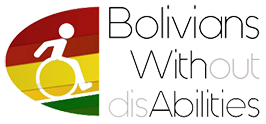
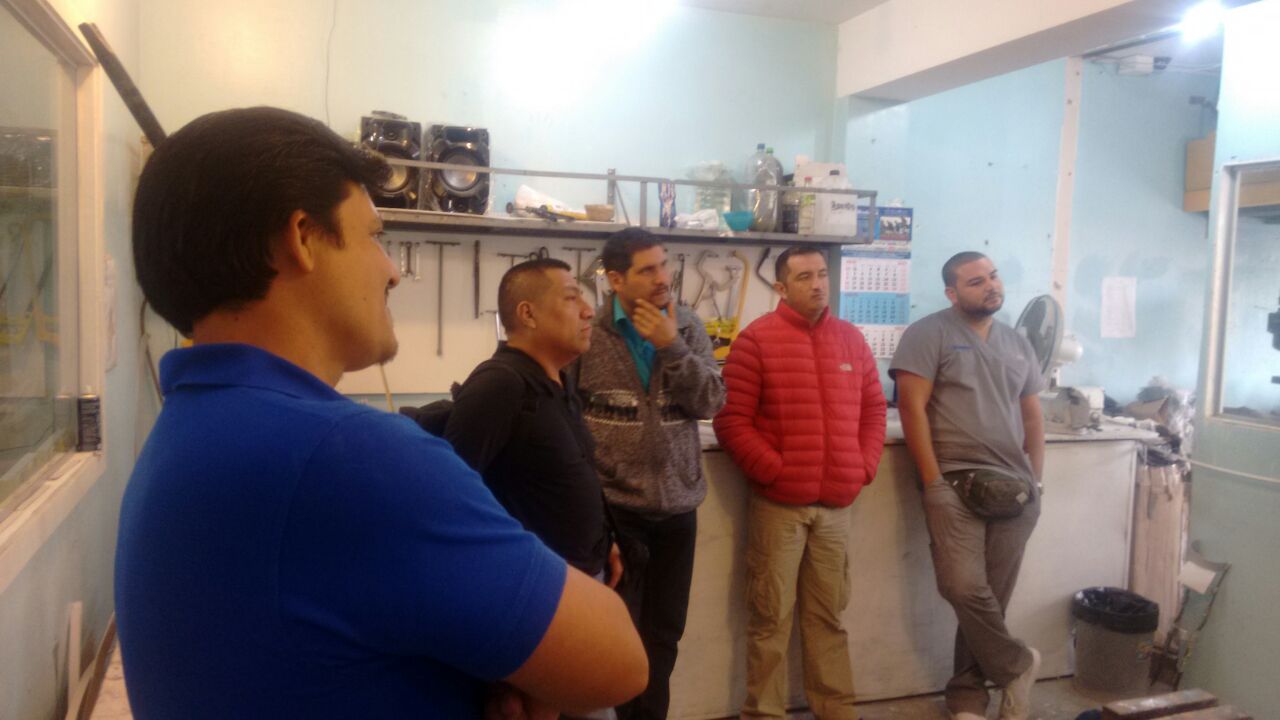
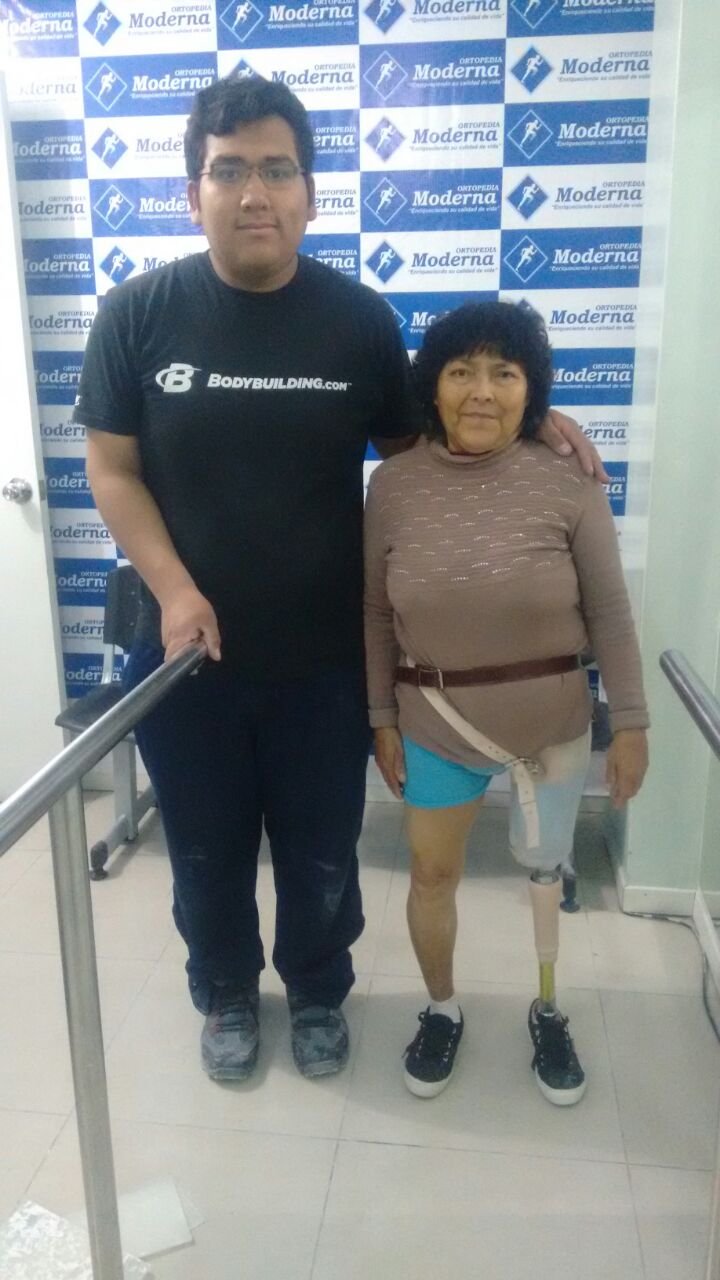
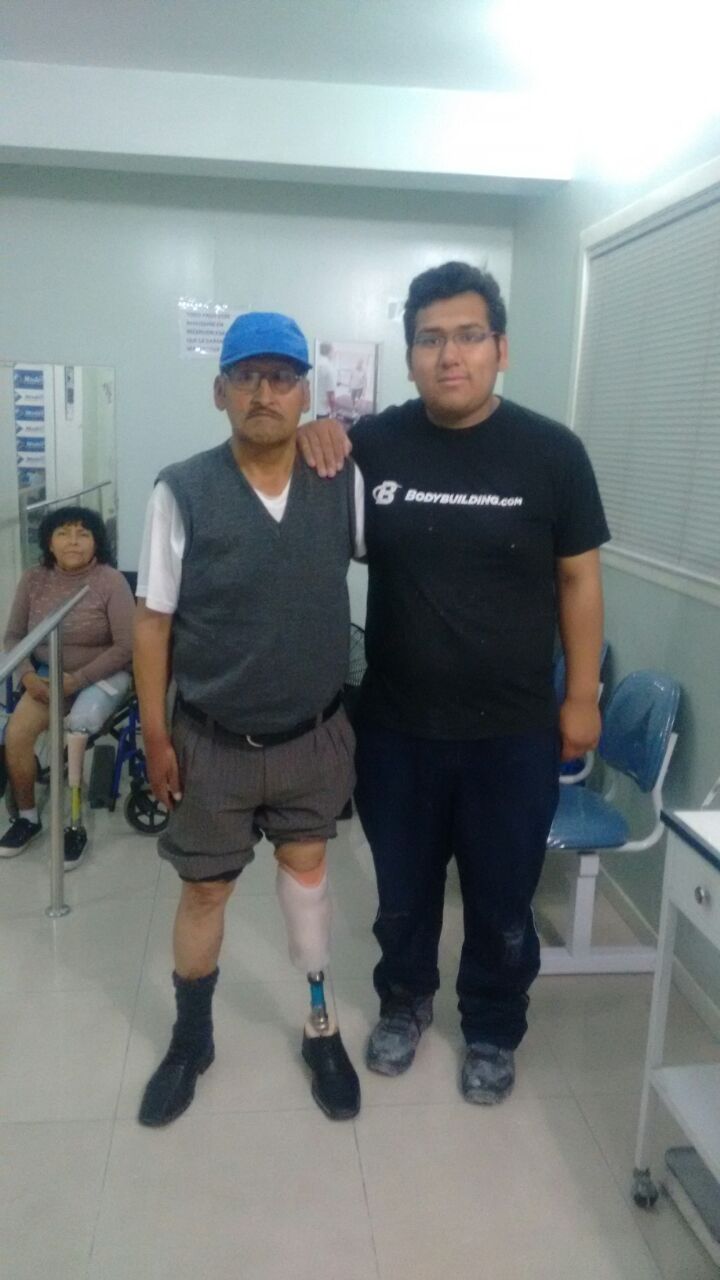

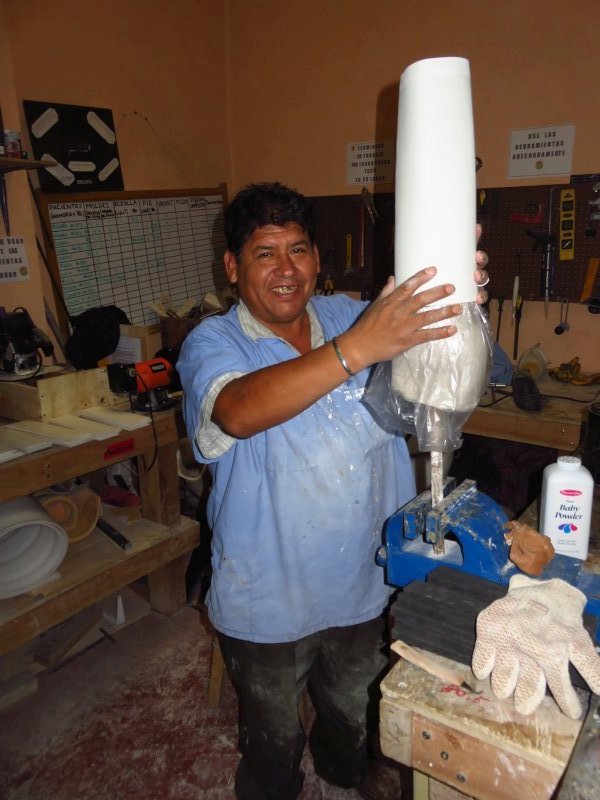
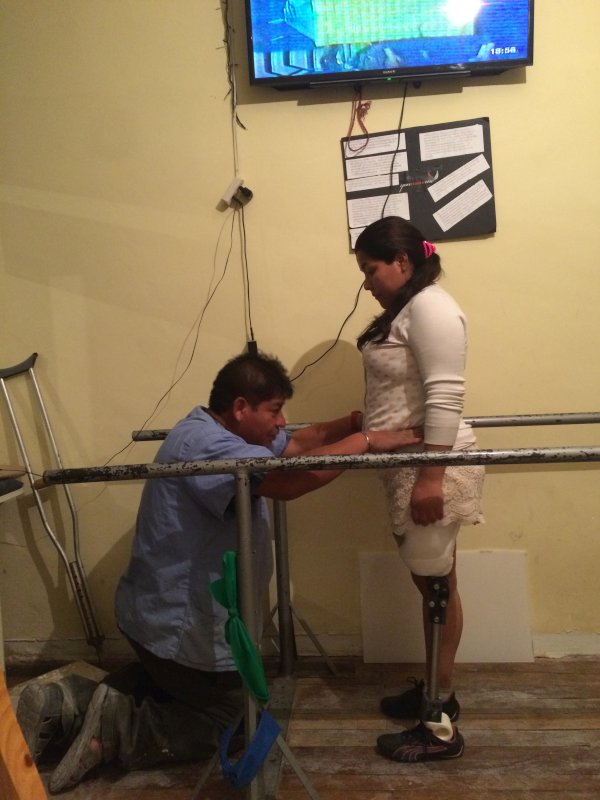
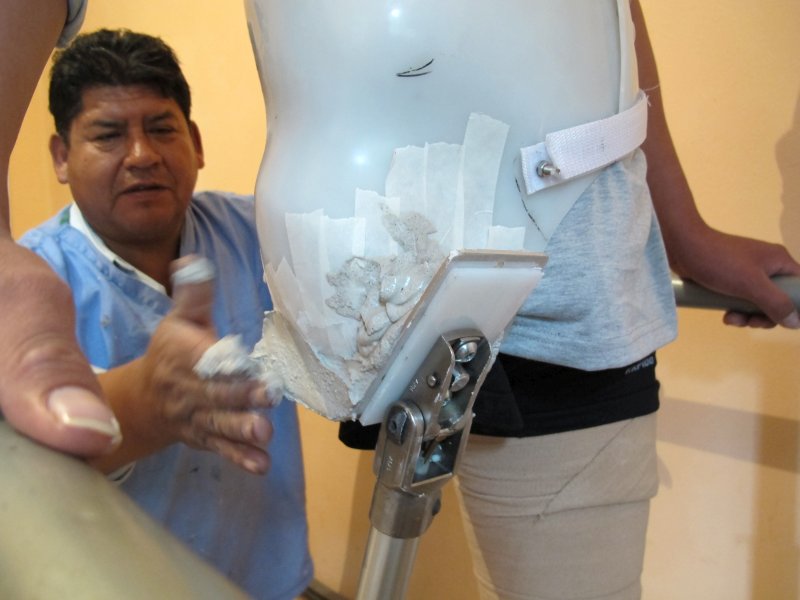
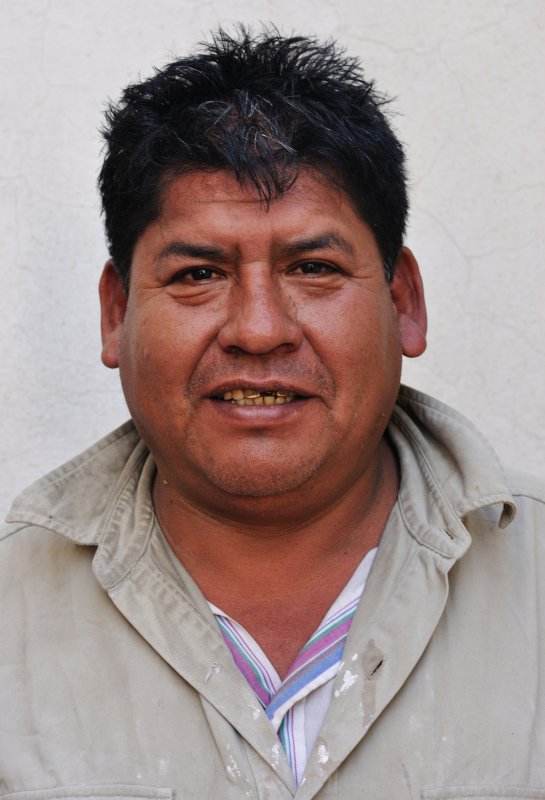
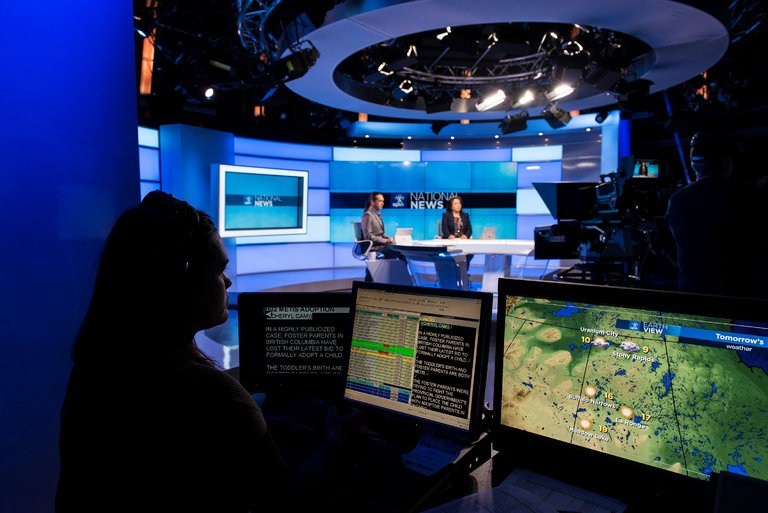


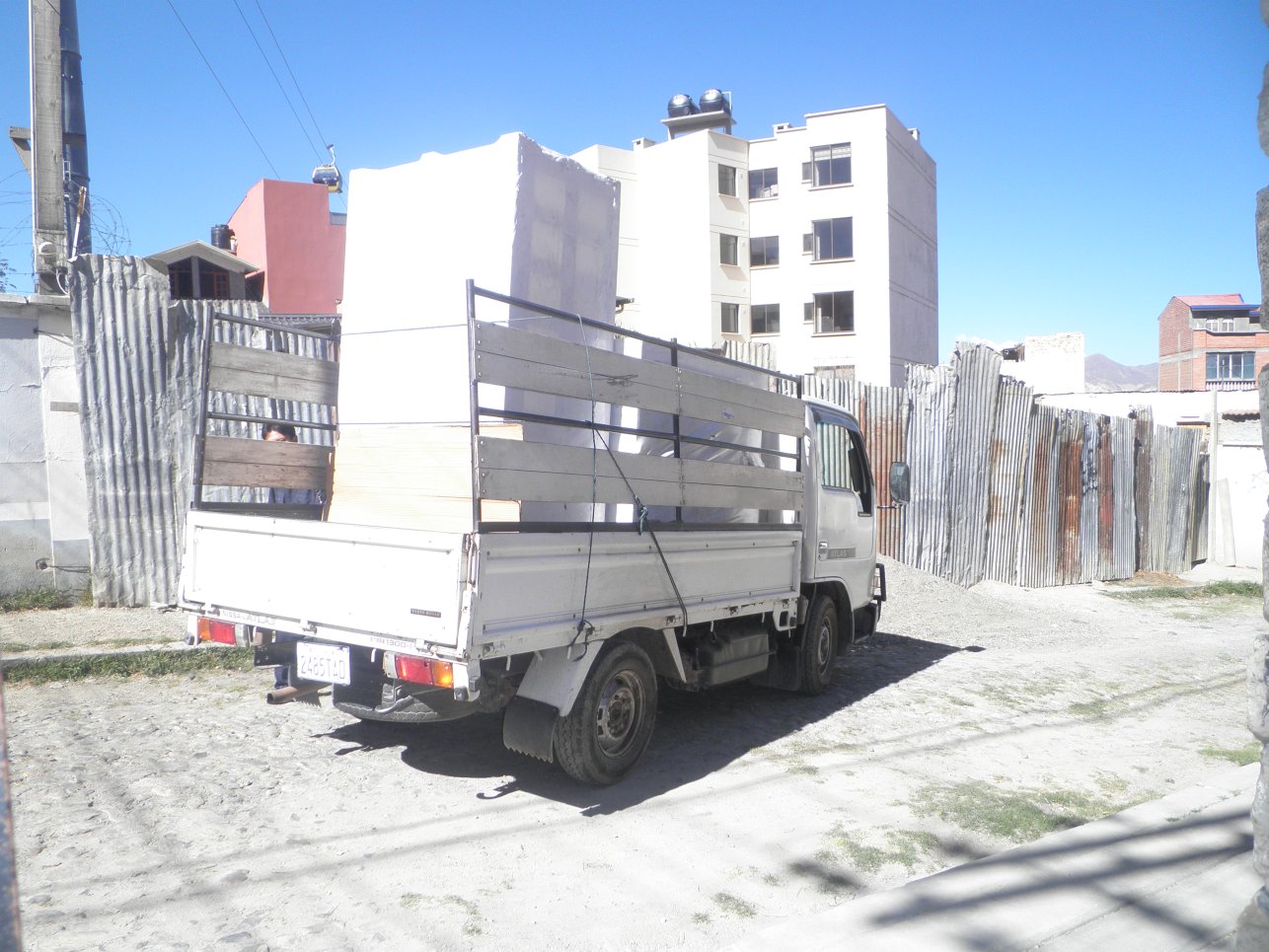 To achieve this goal Matt corresponded for three years with Elena Bonacini, the president of YouAble, a very generous charity in Italy. Working together tirelessly, Matt and Elena comprised a list of vital machines (valued at thousands of dollars). Fortuitously, the new clinic location is much larger, and now these machines will be put to good use.
To achieve this goal Matt corresponded for three years with Elena Bonacini, the president of YouAble, a very generous charity in Italy. Working together tirelessly, Matt and Elena comprised a list of vital machines (valued at thousands of dollars). Fortuitously, the new clinic location is much larger, and now these machines will be put to good use.